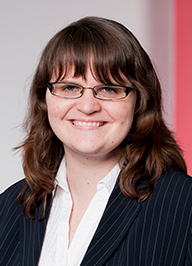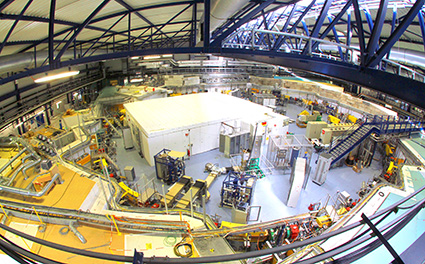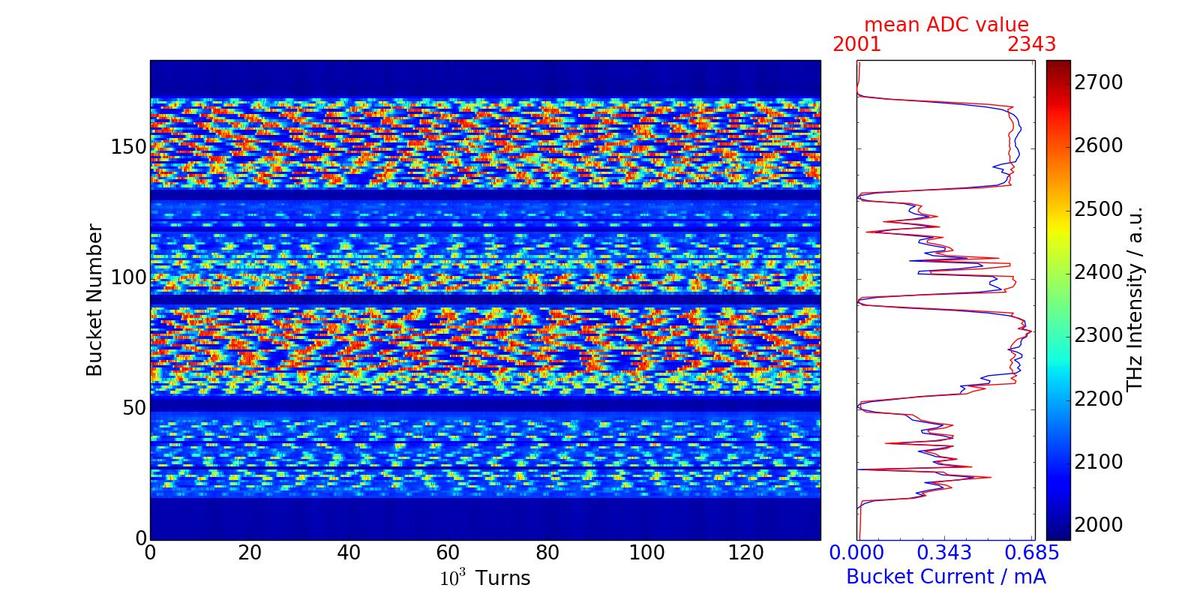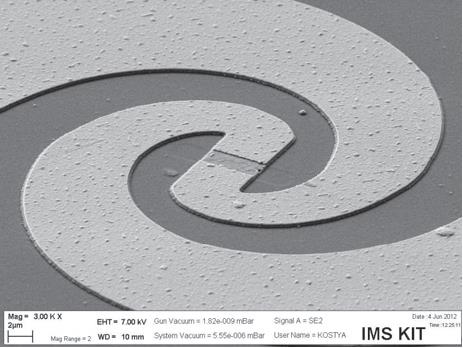Research Area V: THz Technologies
RA V aims at devices for handling THz waves and the associated applications.
Current research activities in RA V are mainly linked to ANKA, KIT’s Synchrotron Radiation Facility, to superconducting THz detectors, and to quantum computing using superconducting quantum bits (qubits).
As a large-scale facility of the Helmholtz Association, ANKA is part of the national and European infrastructure offered to scientific and commercial users for performing excellent science. In a joined effort, KIT institutes develop the necessary cutting-edge technologies. In the so-called low-alpha mode the ANKA storage ring at KIT is operated to compress the electron packages (so-called bunches) to very small bunch lengths for which micro-bunching instabilities can occur. Micro-bunching leads to spontaneous changes in the emitted coherent synchrotron radiation (CSR) intensity.
These changes can be observed as very high bursts in emitted terahertz (1 THz = 1012 Hertz) signals for single-bunch mode as well as in multi-bunch mode at the ANKA storage ring. For the investigation of multi-bunch effects on the longitudinal dynamics of electrons in the storage ring, two fundamental diagnostic instruments are mandatory: Ultra-fast terahertz detectors to resolve single bunches and dedicated acquisition hardware to monitor all signals turn-by-turn. Each turn corresponds to one revolution of the electron packages in the storage ring near the speed of light. The KAPTURE (KArlsruhe Pulse-Taking and Ultrafast Readout Electronics) system, a joint development between several institutes of KIT, in combination with ultra-sensitive, ultra-fast, and superconducting detector developments within RA V can fulfill these challenging tasks.
Regarding THz and single-photon detectors superconducting transition-edge sensors (TES) and hot-electron bolometers (HEB) are currently investigated. These detectors provide highest sensitivity in the THz frequency range. Current research is geared towards readout many of such detectors on a single chip by using frequency-division multiplexing (FDM) schemes.
Quantum computing using superconducting circuits underwent rapid development in the last decade. This field has propelled from quantum manipulation of single two-level systems to complex designs employing multiple coupled qubits allowing one to execute simple quantum algorithms. Within HIRST program, we study transmon qubits coupled to on-chip resonators to observe multi-photon transitions.
Participating Institutes and Research Groups
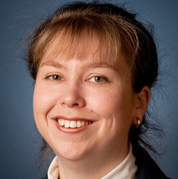 |
Laboratory for Applications of Synchrotron radiation
|
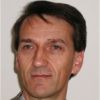 |
Institute of Micro- and Nanoelectronic Systems (IMS)
|
 |
Physical Institute (PHI)
|
